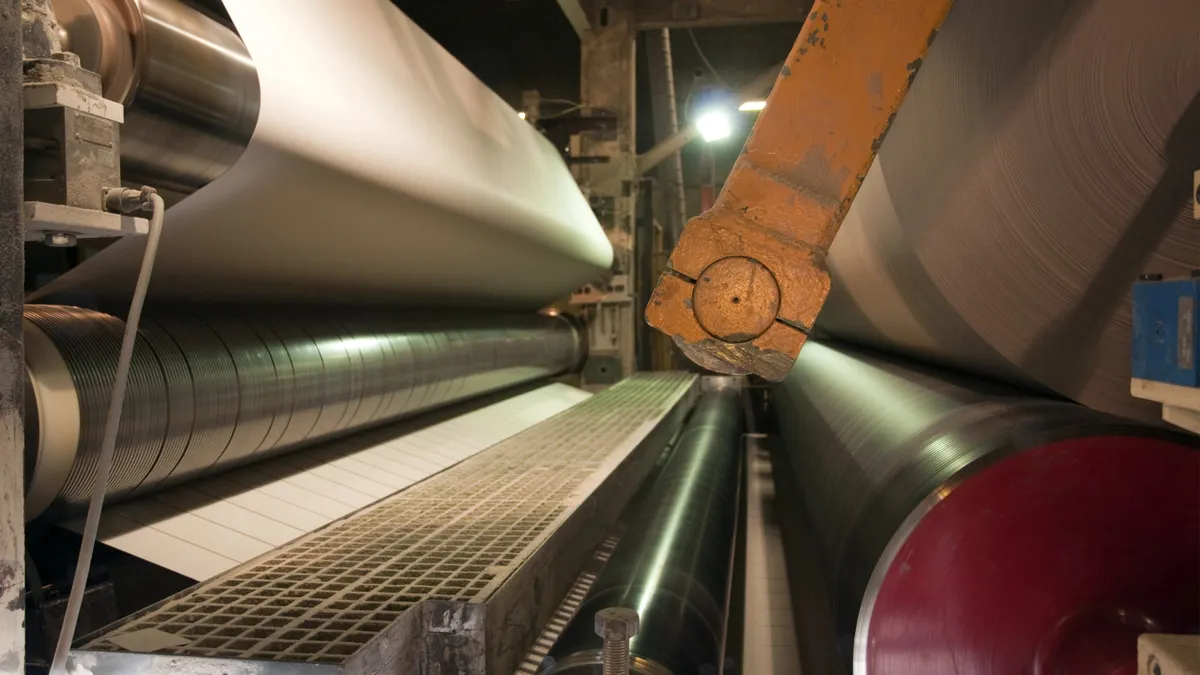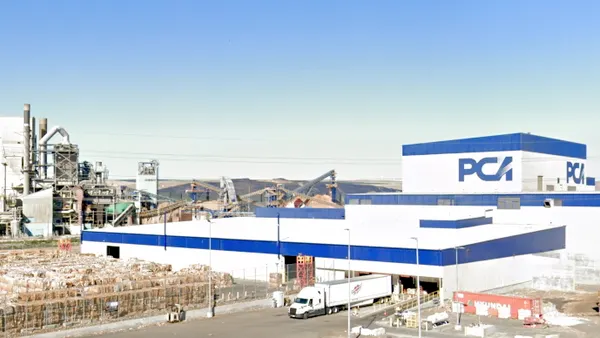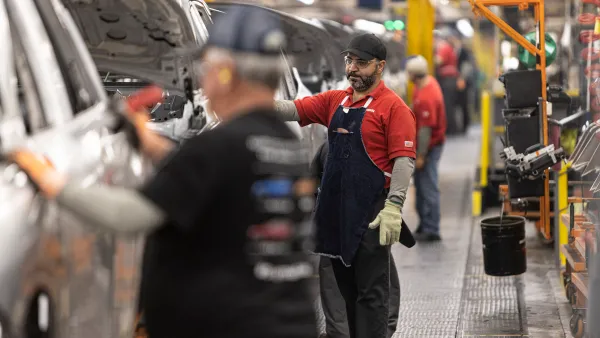The paper manufacturing industry faces a persistent challenge that impacts both safety and productivity: the accumulation of overhead dust. Traditional approaches to dust management have long been accepted as a necessary evil, despite their significant drawbacks in terms of production efficiency and safety risks.
A leading paper manufacturer's journey from conventional dust control methods to an automated solution illustrates the industry's shifting paradigm in addressing this critical challenge.
The hidden costs of traditional dust control
Conventional dust management in paper manufacturing facilities typically involves scheduled manual cleaning of overhead areas as accumulation occurs. While this approach has been standard practice, it carries substantial hidden costs and risks:
- Production interruption: Complete facility shutdown during cleaning operations
- Secondary contamination: Disturbed dust falling onto machinery requires additional cleanup time
- Quality control issues: Product contamination from falling dust during regular operations
- Safety concerns: Increased risk of fires and dust explosions, a notorious hazard in paper manufacturing
- Resource intensive: Significant labor and equipment costs for periodic cleaning
From traditional to transformative
When evaluating new approaches, the paper manufacturer partnered with SonicAire to explore automated solutions. The facility focused on three key criteria:
- Continuous dust control versus periodic cleaning
- Return on investment potential
- Impact on production uptime
A pilot program was initiated in one of their most challenging areas – above a paper rewinding machine. The test revealed an unexpected insight: even after traditional manual cleaning, significant dust accumulation remained in hard-to-reach areas, highlighting the limitations of conventional methods.
Transforming dust control strategy
When evaluating new approaches, the paper manufacturer focused on three key criteria:
- Continuous dust control versus periodic cleaning
- Return on investment potential
- Impact on production uptime
The facility initiated a pilot program in one of its most challenging areas – above a paper rewinding machine. The test revealed an unexpected insight: even after traditional manual cleaning, significant dust accumulation remained in hard-to-reach areas, highlighting the limitations of conventional methods.
The results: A data-driven success story
The initial pilot program demonstrated such compelling results that the manufacturer expanded the implementation across two production halls. Key outcomes included:
- Elimination of periodic manual cleaning in overhead areas
- 24/7 continuous dust control
- Significantly reduced fire and explosion risks
- Enhanced product quality through the elimination of dust contamination
- Increased operational efficiency with no production interruptions for cleaning
What started as a limited test became a facility-wide solution. The continuous nature of the automated system means we're not just cleaning – we're preventing accumulation in the first place.
Industry-wide implications
This case study represents a broader trend in industrial dust control, where manufacturers are shifting from reactive to preventive approaches. The impact extends beyond immediate safety benefits to include:
- Improved OSHA compliance
- Enhanced workplace safety
- Better product quality control
- Reduced maintenance costs
- Increased production uptime
Looking ahead
As more facilities adopt automated dust control solutions, the industry is witnessing a paradigm shift from periodic maintenance to continuous prevention.
For paper manufacturers evaluating dust control strategies, the key considerations should include:
- Total cost of ownership versus periodic cleaning expenses
- Production uptime value
- Quality control improvements
- Safety enhancement metrics
- Long-term compliance considerations










